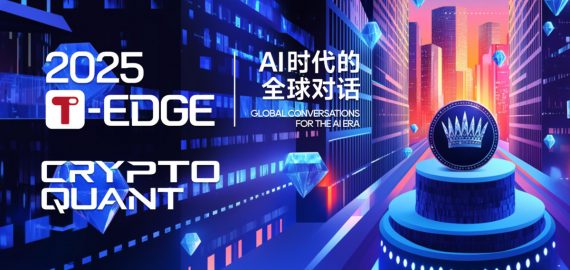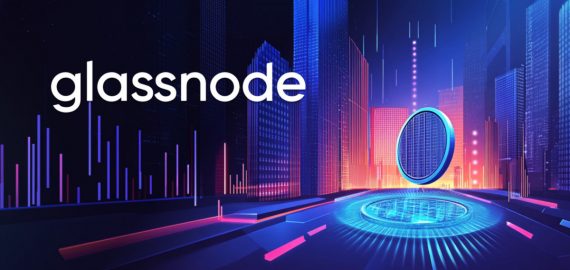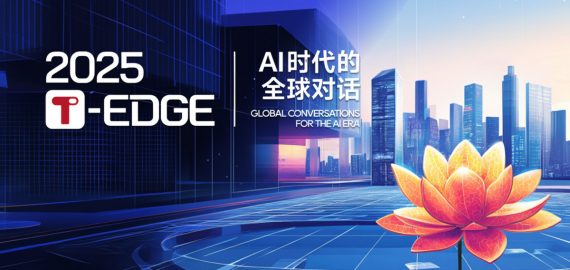Linera’s Real-Time Web3 Vision: Scaling the Internet of Blockchains


In Brief
Mathieu Baudet discusses Web3 infrastructure ambitions, focusing on real-time interactions, microchains for horizontal scalability, and a developer-first philosophy, transforming blockchain into an internet-like platform.
Mathieu Baudet, the founder and CEO of Linera, joined Hack Seasons Cannes to share his bold ambitions for Web3 infrastructure. Linera is not just another Layer 1, it’s a radical rethinking of how blockchain should work, starting from first principles. With real-time interactions, microchains for horizontal scalability, and a developer-first philosophy, Linera is building toward an internet where onchain doesn’t feel “blockchain-y” anymore.
“Real-Time” As a First-Class Citizen
“We built Linera to make Web3 feel like the normal internet,” Baudet said. For Linera, real-time isn’t a buzzword, it’s a foundational promise.
In contrast to sluggish L1s and congested rollups, Linera eliminates delays that plague onchain user interactions. “When you’re in an onchain game or auction, waiting even a few seconds for confirmation breaks the flow. We want the data to be fresh, secure, and instantly visible,” Baudet explained.
This isn’t just about speed, it’s about trust. “Today, too much of what you see on Web3 frontends still comes from centralized servers. That’s not sustainable, especially in a world where AI agents will need reliable, real-time data from decentralized sources.”
Microchains – Scaling Horizontally Without Fragmentation
At the core of Linera’s architecture is a novel innovation: microchains. These aren’t just smaller blockchains, they’re the key to horizontal scalability at the protocol level.
“We went back to the drawing board and asked: How do you design a Layer 1 that can scale on demand for millions of users?” Baudet shared. The answer was microchains, lightweight, parallel chains spun up dynamically as new users or apps come online.
Each microchain is validated by the same global validator set, preserving security, composability, and liquidity. “It’s like having millions of app-specific blockspaces with zero compromise,” he said. “You can spin up a chain instantly, and it’s still part of the same environment. That’s what makes it powerful.”
Why Developer Education Came First
Long before its mainnet launch, Linera made a major investment in developer onboarding, including its own Developer School and early-stage hackathons.
“From the moment we had a working SDK, we knew we needed to start with builders,” Baudet said. “Some of the winners of our earliest hackathons are still building with us today—and they’re among our most promising projects.”
For Baudet, community isn’t something you build after the tech—it’s how you build the tech. “We’ve always prioritized feedback from real developers. It helps us make the platform easier, more relevant, and ultimately more successful.”
What’s Next? From Testnet to Real-Time DeFi, Gaming, and AI
As Linera moves through its final testnet iterations, the team is preparing for a mainnet launch with serious firepower.
“Our goal is to go live with everything: wallet, cloud extension, embedded modules, DeFi primitives like lending and CLOBs, and real-time dApps,” Baudet revealed. But beyond core DeFi, Linera is targeting use cases where traditional blockchain architectures struggle.
“We’re particularly excited about parallel prediction markets, onchain games, connected devices, and AI agents,” he said. “These require low-latency and reliable execution—exactly what Linera was designed to deliver.”
Baudet sees AI as a particularly urgent catalyst. “AI agents will need to pull data from the blockchain to make real-time decisions. If the data isn’t secure or fast enough, that’s a serious problem—not just for accuracy, but for financial performance.”
Linera’s Bet: Blockchain Without the Bottlenecks
With a background in scalable systems at Facebook and a deep understanding of blockchain’s current pain points, Baudet is building Linera to be the first blockchain that actually feels like the web.
“It’s not just about building fast chains. It’s about changing how people experience the internet when it’s decentralized,” he said. And with microchains, real-time interactions, and an eager developer community, Linera might just pull it off.
Disclaimer
In line with the Trust Project guidelines, please note that the information provided on this page is not intended to be and should not be interpreted as legal, tax, investment, financial, or any other form of advice. It is important to only invest what you can afford to lose and to seek independent financial advice if you have any doubts. For further information, we suggest referring to the terms and conditions as well as the help and support pages provided by the issuer or advertiser. MetaversePost is committed to accurate, unbiased reporting, but market conditions are subject to change without notice.
About The Author
Victoria is a writer on a variety of technology topics including Web3.0, AI and cryptocurrencies. Her extensive experience allows her to write insightful articles for the wider audience.
More articles

Victoria is a writer on a variety of technology topics including Web3.0, AI and cryptocurrencies. Her extensive experience allows her to write insightful articles for the wider audience.

















































